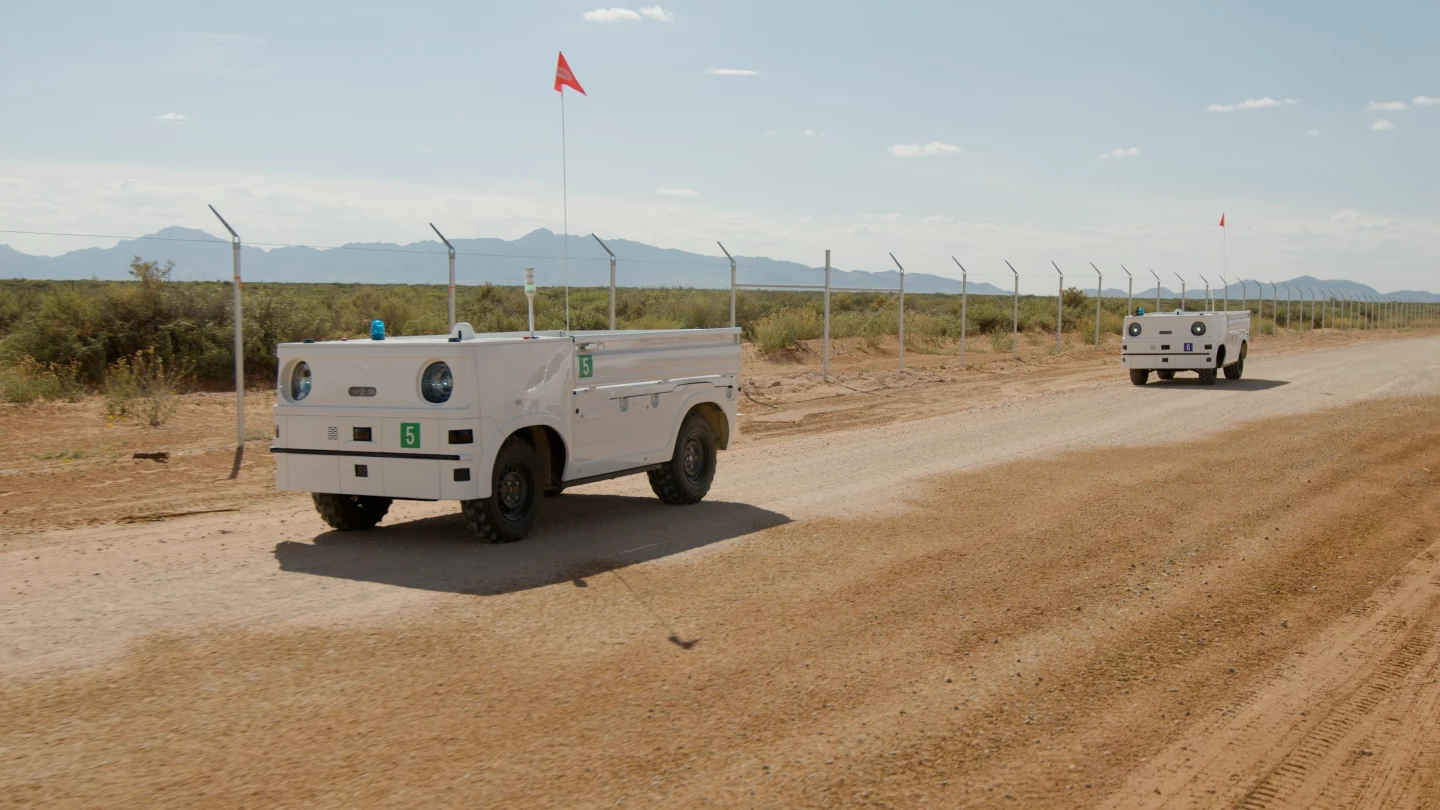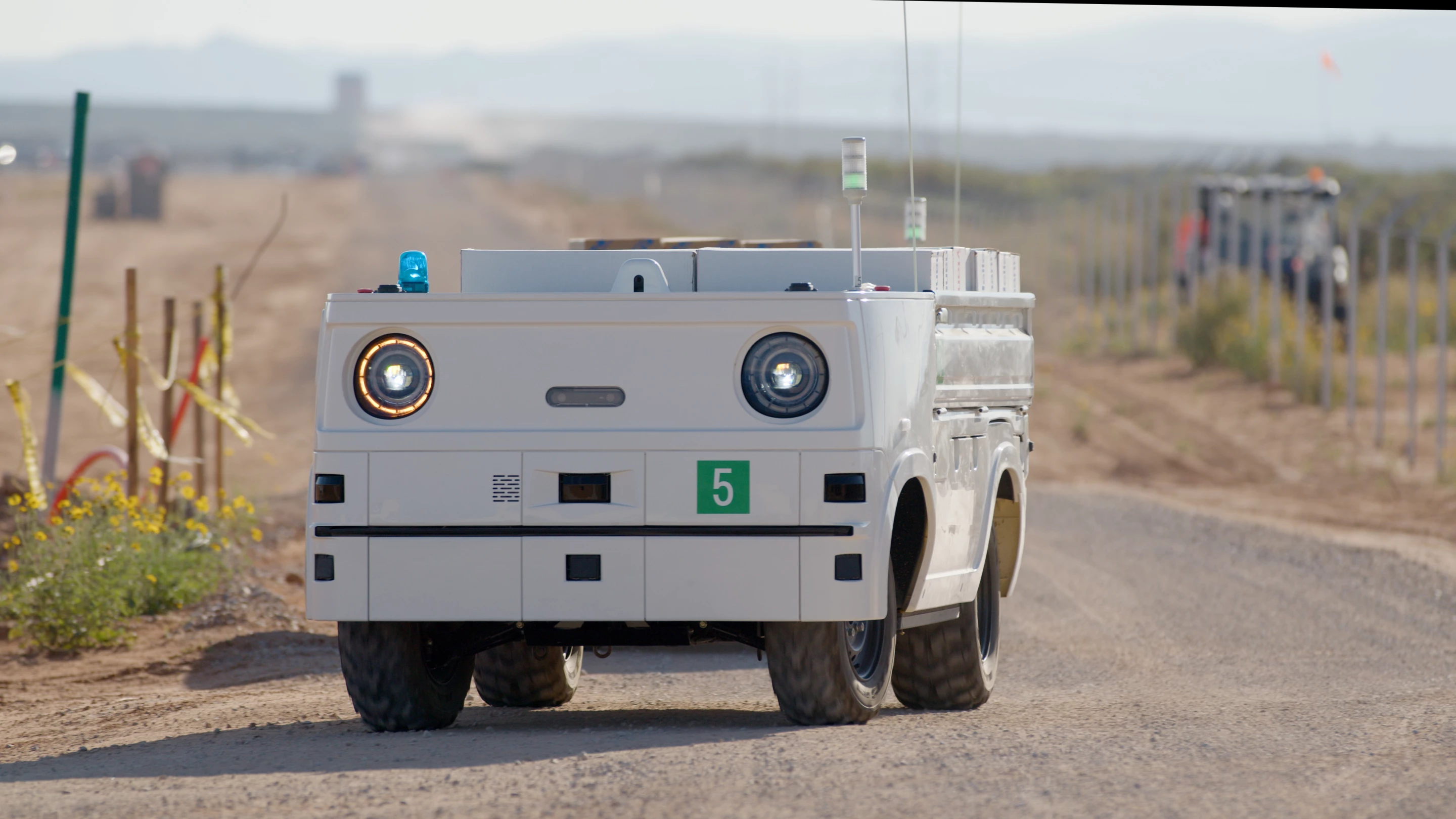At CES 2018, Honda debuted a prototype off-road rover designed to help out at construction sites, in agriculture, in search and rescue operations, and more. By the end of the year, the Autonomous Work Vehicle had been put through its paces in California, Colorado and North Carolina. Now the second prototype has been put to work in New Mexico.
The original Autonomous Work Vehicle (AWV) essentially combined the company's proven side-by-side all-terrain vehicle platform with "emerging advanced autonomous technology" to haul materials around a building site, carry heavy equipment for firefighters, spray crops on a farm or even perform grounds maintenance at a solar park. Back then, it very much had the look of a quadbike with the top half removed and replaced with a multifunction rail bed.
The second prototype has lost much of this rugged vibe in favor of a sawn-off mini truck feel. It sports a pickup-style bed with sides and back that can be folded down for loading ease. Out front are a pair of round headlights perhaps a little reminiscent of the design language employed for the super-cute Honda e. And a flashing blue light up top let's workers know it's around.

The four-wheel-drive electric drivetrain is reported to have a fully-loaded range of up to 28 miles (45 km) for every six hours on charge, the vehicle can manage a turning circle of 12.8 ft (3.9 m), it can haul up to 880 lb (399 kg), and can tow up to 1,653 lb (750 kg), including a trailer. There's no mention of the kind of speed these things travel at, but demo videos show slow and steady for safety.
As before, a suite of onboard sensors – including GPS, LiDAR, radar, and 3D cameras – allow it to navigate a site on its own, though it can also be controlled via a cloud-based app running on a rugged tablet by a remote operator if needed.
For the latest batch of testing, Honda teamed up with employee-owned engineering and construction company Black & Veatch for a solar energy construction project in New Mexico. The AWV was used to carry equipment and supplies around a calculated route in the 1,000-acre site, while proving itself capable of operating for up to eight hours in high temperatures. There's no mention of the vehicle having tools or task-specific attachments mounted, though this is certainly possible.
Development work on the AWV continues, with Honda looking for more partners to further develop the platform. The video below has more.
Source: Honda








